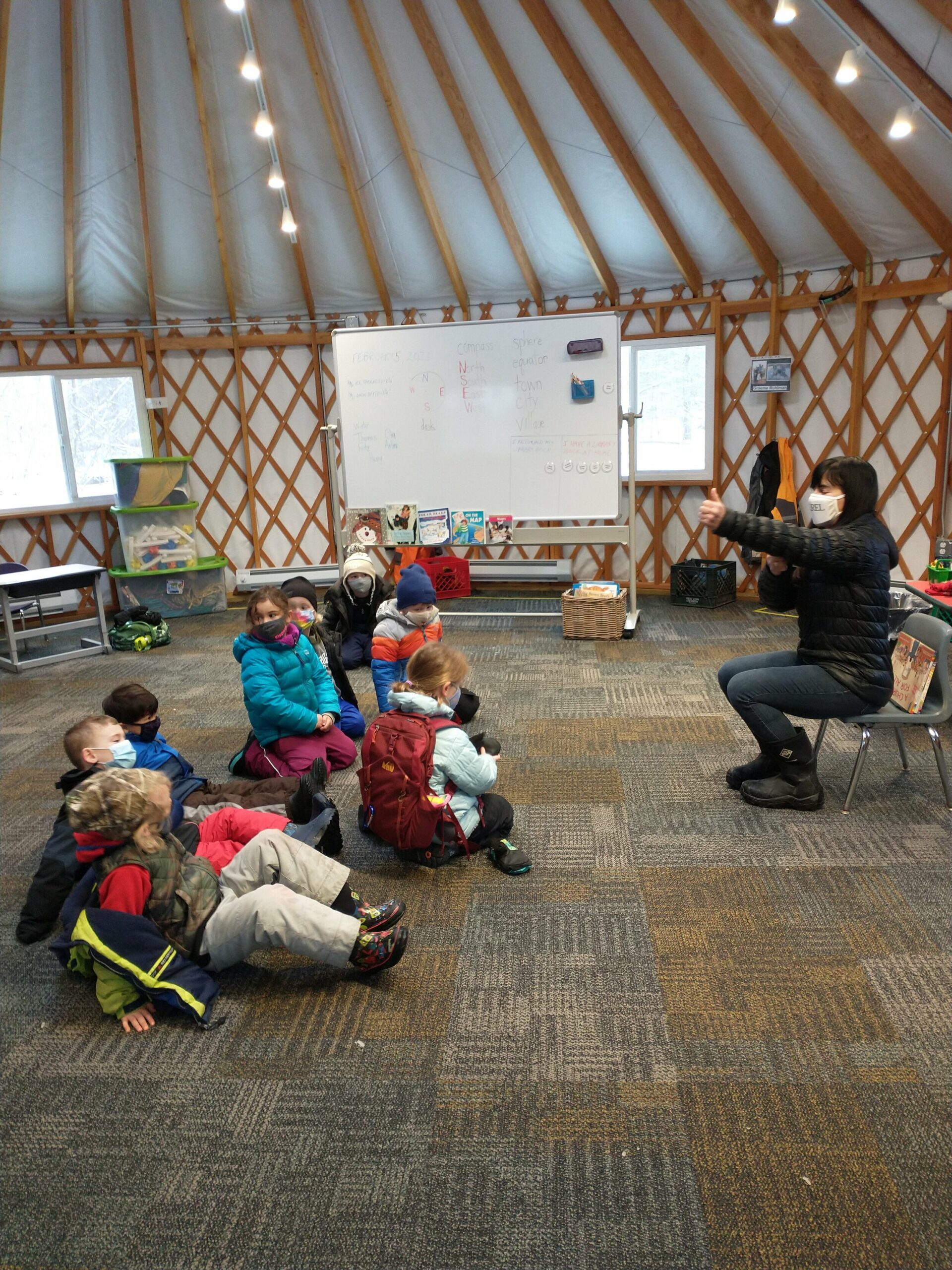This month, Teaching Cleveland features a great friend of Teaching Cleveland, veteran educator Lauren Calig, who serves as the director of multicultural education and the co-director of diversity, equity, inclusion and belonging at Laurel School. Lauren connected with Teaching Cleveland in 2017 and has been an integral part of our educator network since.

Why did you choose to participate in Teaching Cleveland?
As a Diversity, Equity, Inclusion, and Belonging pre-k – 12th grade teacher, I am always looking for ways to be as educated as I can be in order to inform my teaching for students, faculty, and parents. The DEIB field is vast and constantly changing, and I felt that I had done a great deal of this work but not with a focus on Cleveland. Two summers ago when Teaching Cleveland released the Teaching Cleveland Institute (TCI) title, The History of Race and Ethnicity in Greater Cleveland, I knew that I had to apply to be a part of this “backyard” learning. I wanted to include in my lessons the local Cleveland community and have the students make the connections to their lives.
Has your involvement with Teaching Cleveland influenced or changed your approach to teaching?
After being an educator for over thirty years, the one constant I realized is that if you can connect a student’s experiences, life, and prior knowledge to whatever you are teaching, it will make the learning personal, and the student will be more invested. When I teach DEIB and we focus on an identifier, I include a global perspective which is key as we are a global community. But, after completing the summer workshop and hearing from local people like Erica Merritt, Randy McShepard, and Dr. Ronnie Dunn, it became quite clear that there was a great deal that I did not know about Cleveland that needed to be included in my own teaching.
Was there something specific about the Teaching Cleveland Institute (TCI) or Teaching Cleveland Student Challenge (TCSC) that had the most impact on you? Why?
For me, the specific activity that stood out was the one where we looked at how communities developed in Cleveland. We made a map of immigrants who settled in Cleveland’s Tremont neighborhood; we did this a few times to see how movement occured in these communities. After this, we looked at questions about Cleveland’s identity: Are the narratives accurate? What can we learn from these narratives? How are these narratives developed? Are these narratives static or do they change? This activity gave a visual representation to the migration of different groups in Cleveland, and by having it be a multi-sensory activity, I knew that it would reach more students.
What did you like best about your experiences with Teaching Cleveland?
Participating in Teaching Cleveland was an exceptional experience for many reasons. The way Teaching Cleveland brought together educators from all over the Cleveland area enabled each of us to hear different perspectives and look through the lens of people who may think differently than we do. People’s lived experiences cannot be minimized with regard to how they respond to a situation and learning this firsthand allows educators to feel what students feel when they are trying to grapple with another’s decisions, judgments, morals, or values. Teaching Cleveland also gave its participants take-away activities and resources that could be used in the classroom, and as a teacher, this is invaluable!
How did your students react to your inclusion of Cleveland into their curriculum? Were there any “a-ha” moments?
My participation in Teaching Cleveland was two summers ago, and as a result, I crafted a lesson around food deserts. When introducing the lesson, the majority of students did not know what a food desert was and could not believe that there were food deserts located less than a half hour from Laurel School. I was taken aback that many students had not had conversations or learned about the city of Cleveland and the access and wealth disparities. This lesson allowed me to bring in my friend, Chef Eric Wells, to talk about his work with the community targeting food deserts. As a result, I had a number of students who began to learn more about food deserts and what they could do to solve the problem. In addition, when I teach in pre-primary about the concept of socioeconomics, we talk about the fact we do not always get what we need and that there are people who do not have shelter or food living close to Laurel. We talk about what we can do about this and how people’s circumstances change even in Cleveland.
Would you recommend Teaching Cleveland to your colleagues?
If you have the opportunity to participate in a Teaching Cleveland workshop, presentation, or Zoom, do it. You will meet people, engage in relevant and transformative dialogue, and make connections that will enhance and further your work as an educator and a learner. Although my TCI was two summers ago, I attend Teaching Cleveland’s Virtual Learning Labs whenever they are offered.
